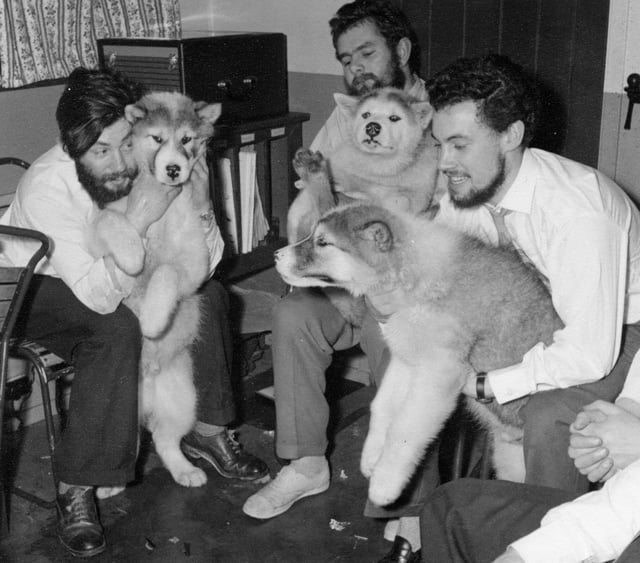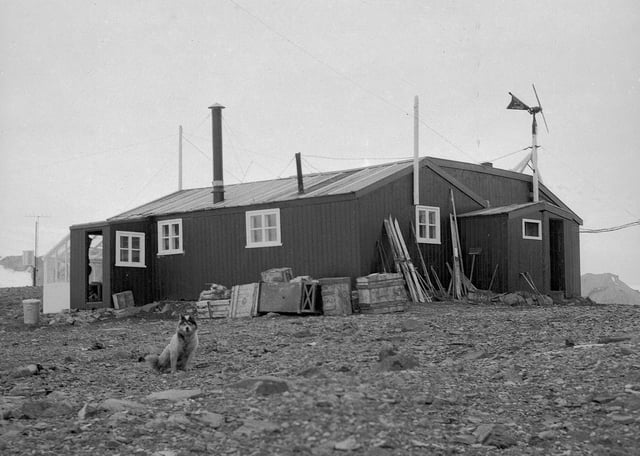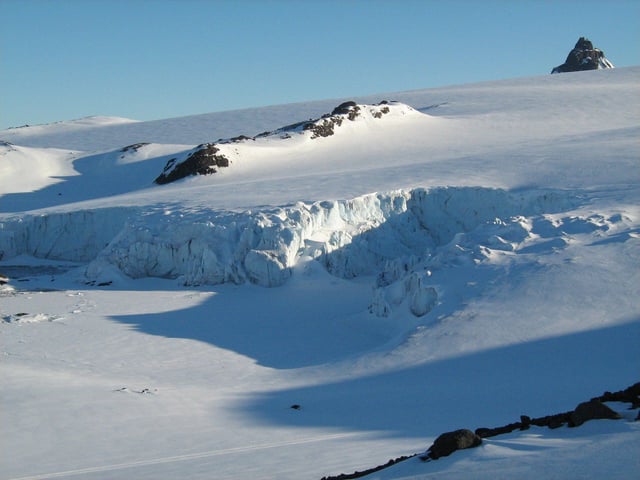Overview
- Denise Syndercombe Court and colleagues at King’s College London matched the recovered DNA to samples from Bell’s brother and sister, conclusively confirming the remains as those of meteorologist Dennis “Tink” Bell.
- The bone fragments were transported aboard the BAS ship RRS Sir David Attenborough to the Falkland Islands and then flown to London under the oversight of British Antarctic Territory coroner Malcolm Simmons with RAF support.
- Polish researchers from the Henryk Arctowski Station found the remains and more than 200 personal items, including radio equipment, ski poles, a wristwatch and a Swedish knife, at the edge of the receding Ecology Glacier.
- A multidisciplinary team returned in February 2025 to recover additional fragments and artifacts, carefully documenting the site to prevent reburial by snow or debris.
- Bell’s surviving family have expressed shock and amazement at the discovery and are now deciding on memorial arrangements to honor the meteorologist’s legacy.



